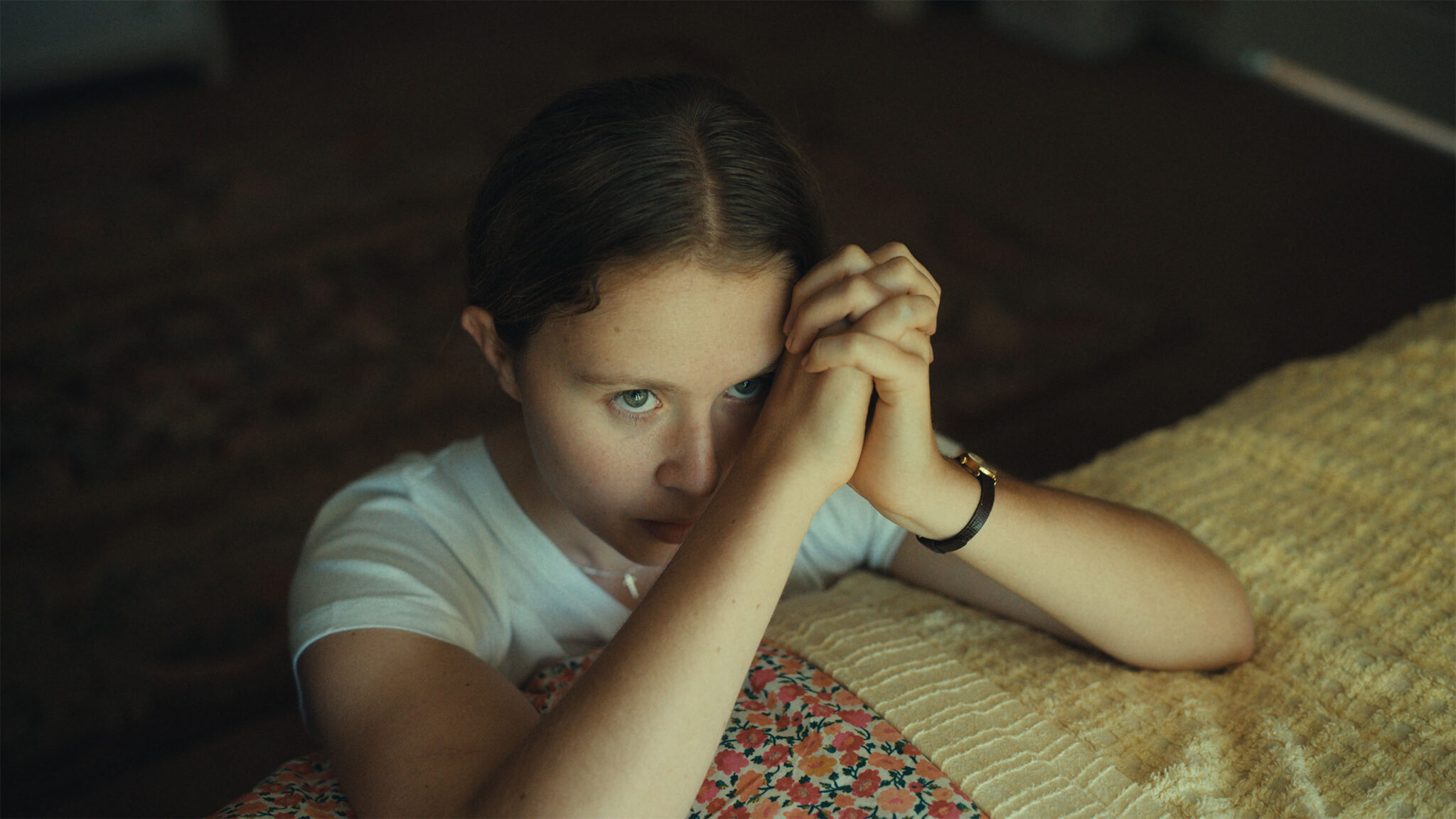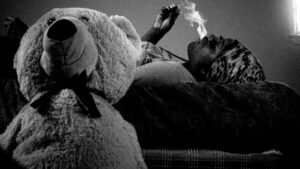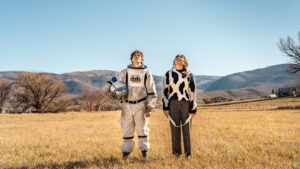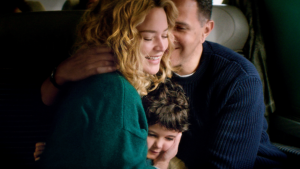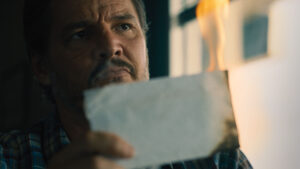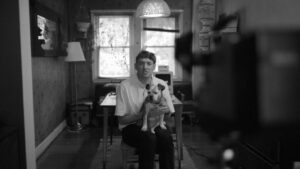One of the most exciting things about starting each year with the Sundance Film Festival is having a front-row seat for the bright future of independent filmmaking. Captivating stories, soon-to-be iconic shots, and timely cinematic conversations are all cornerstones of the 2023 Festival slate — and those are all birthed from the hearts and souls of these filmmakers. That means that this year we have the privilege of being introduced (or reintroduced for returning filmmakers) to the artists behind 111 features, 64 shorts, and four indie episodic projects.
And while we learn a lot from the art that these storytellers share with us, there’s always more we can learn about these filmmakers as people. This year, we decided to get to the bottom of those artistic wells with our Backstory questionnaire!
Laurel Parmet’s enthusiasm for film is infectious. “I’ve always wanted to make films. I love the collaboration filmmaking requires. I love taking an audience on a journey and connecting to people that way,” she says. Parmet grew up on film sets — her father is a cinematographer and her mother works in costumes — and her passion for filmmaking led her to the 2023 Sundance Film Festival, where The Starling Girl premiered in the U.S. Dramatic category. “I think it’s the most fun job in the world. When I’m making films with my friends and with people I love, it’s such a rush, there’s nothing else like it.”
The writer-director’s feature debut follows Jem (Eliza Scanlen), a 17-year-old girl living in a fundamentalist Christian community in rural Kentucky, as she tries to reconcile God’s will with her own desires — including her desire for a romantic relationship with her youth pastor (Lewis Pullman). Kara Durrett, a producer on the film, received the Sundance Institute | Amazon Studios Producers Award for Fiction at the 2023 Sundance Film Festival. The Starling Girl was acquired by Bleecker Street following its premiere, and the film will be released in theaters later this year.
Below, discover Parmet’s personal ties to the film’s story, what kept the film crew going during late-night shoots, and how Sundance Institute’s artist programs helped her to develop the project.
What was the biggest inspiration behind the film?
Much of this film stems from a relationship I had when I was a teenager, and how my attitude toward it has shifted since then. Even when I look back on it now, my feelings about it are different day-to-day. It’s an evolving process, and maybe I’ll never have a definitive answer. I’m OK with that.
Describe who you want this film to reach.
Gosh, anyone and everyone. I suppose it would make me especially happy if young women connected with this film.
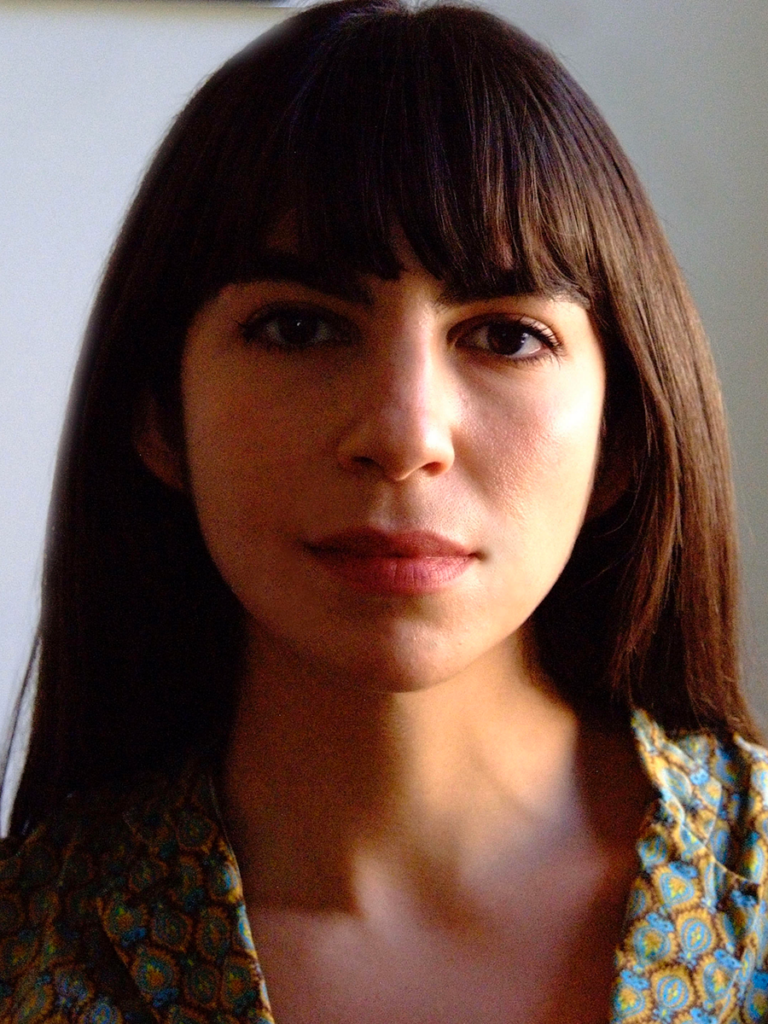
Why does this story need to be told now?
There’s a huge reckoning with abuse, consent, and power dynamics within the culture at large and within communities of faith. Sexual abuse is often portrayed in films as clear-cut; you see a victim with no agency. And don’t get me wrong, many, many times it is clear-cut. But I think to understand abuse, we have to look at the more ambiguous cases, too. We can be exploited while at the same time wielding power; both are truths. With this film, I try to explore those gray areas.
How do you want people to feel after they see your film?
I hope people can see themselves in this story, in these characters, even if they’re from a different world. I hope people feel that bittersweet twinge of recognition. That makes them wrestle with those parts of themselves. And I hope they enjoy the ride.
Tell us an anecdote about casting or working with your actors.
Austin Abrams, who plays Ben [the boy Jem’s mother and pastor have selected for her to enter into courtship with], tucked shaved-down makeup sponges in his cheeks during the entire production to make himself look younger and only told me after the fact. Genius.
Your favorite part of making the film? Memories from the process?
It’s so hard to pick one favorite part of making the film. I loved experimenting with the actors to find things that would lead to really cracking open scenes. I loved filming Eliza dancing in the grass during the last light of the day. The sky was a deep, dark blue, and we just rolled on her until it was dark; it was quiet and entrancing. I loved getting hyped on Red Bull, my new secret weapon, at 1 a.m. and doing pushups with the crew to keep the energy up. And I loved finding the rhythm of the film in the edit, getting reintroduced to it essentially. The film always becomes something more than what you think it is, and it’s so cool.
What was a big challenge you faced while making this film?
We were definitely challenged by Kentucky’s unpredictable spring thunderstorms that would shut our production down for hours at a time. Though, and it’s probably not a unique thing to say, COVID was 100% our biggest challenge in getting this film made. We were financed and gearing up to shoot in 2020, and then COVID hit and it all fell apart. Those were dark times for me, and I didn’t know if I’d ever get to make the movie. But it ended up being a huge blessing in disguise — those two extra years gave me more time to think about how I wanted to direct the film, and we found incredible financiers who fiercely supported me and my vision and let us make the film the way we wanted to make it. Our film is undoubtedly stronger for it.
Why is filmmaking important to you? Why is it important to the world?
Filmmaking is how I make sense of things. It makes me feel connected to myself, to my family, to my surroundings. Films can be wonderful facilitators of empathy, of truth, and of change. They can also be really fun and dumb and help you forget your problems for a little while. They’re great that way.
If you weren’t a filmmaker, what would you be doing?
I’d be a baker, or I’d be playing music.
What is something that all filmmakers should keep in mind in order to be better cinematic storytellers?
When in doubt, always get more specific. With characters, behavior, story. It’s what will make your film compelling and ultimately more universal.
What three things do you always have in your refrigerator?
Smoked salmon, a block of parmesan, and five of the same mustards because we keep forgetting that we have mustard.
What’s the last book you read?
Vladimir by Julia May Jonas, I couldn’t put it down.
Early bird or night owl?
I used to be a night owl, but now I have a dog, and she insists on an early breakfast.
What’s your history with Sundance Institute?
The incredible folks at Sundance have been our constant champions. I was a 2019 fellow in the Sundance Screenwriters Intensive with The Starling Girl, my producer Kara Durrett was a fellow in the 2019 Creative Producing Feature Film Lab with the film, and we attended Catalyst in 2021, where we raised all of our financing. We quite literally wouldn’t be here without them.
What’s your favorite film that has come from the Sundance Institute or Festival?
One of my favorite films that has come from the Sundance Institute is Slums of Beverly Hills, which Tamara Jenkins developed at the Directors and Screenwriters Labs. I remember watching it as a kid around the time that a lot of teen movies were coming out, many of which were sexist and overly exaggerated. I loved how real Tamara’s film felt to a young girl’s experience. I felt like the main character, Vivian, was me. I still connect to that film so much.

